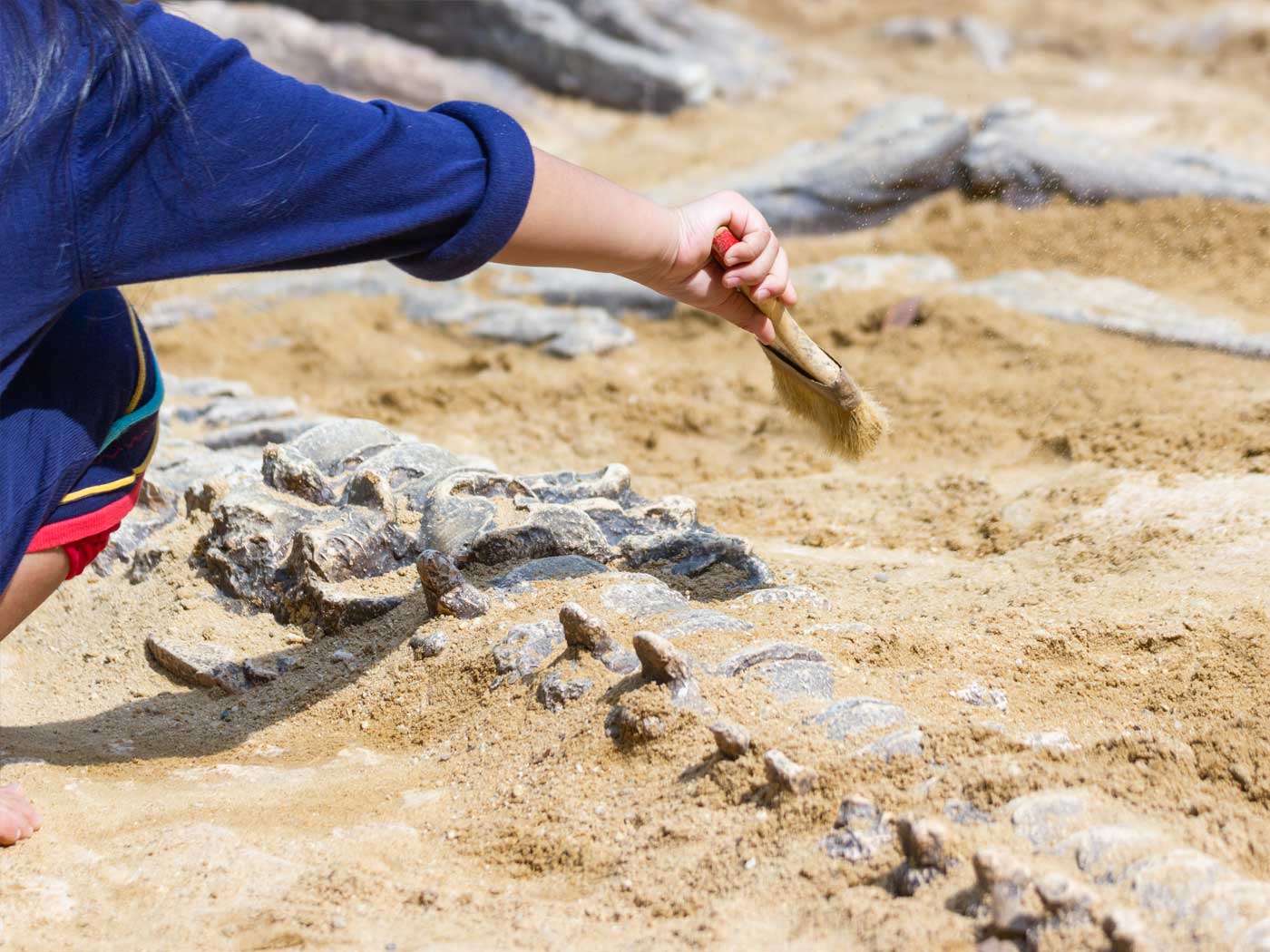by Steven A. Austin, Ph.D. and John D. Morris, Ph.D.
Presented at the First International Conference on Creationism, Pittsburgh, Pennsylvania, August 4–9, 1986. Published in: Proceedings of the First International Conference on Creationism, R. E. Walsh, C.L. Brooks & R. S. Crowell (Eds.), pp. 3–13, 1986.
Abstract
Tight folds in 17,000 feet of Miocene to Pleistocene strata on the Split Mountain Fault in southern California indicate that Miocene or lower Pliocene sandstone remained in a non-lithified condition until folded in the late Pleistocene. Likewise, soft sediment deformation features (clastic dikes, tight drag folds, and intense monoclines) in 14,000 feet of Cambrian to Cretaceous strata on the Ute Pass Fault in Colorado argue that even the Cambrian strata were not lithified when the Front Range of the Rocky Mountains was uplifted in the late Cretaceous Laramide event. Evolutionists have assumed the California strata sequence involves about six million years between deposition and deformation. Furthermore, they have assumed the Colorado strata sequence involves up to 430 million years between deposition and deformation. How these two sedimentary sequences could escape lithification after deep burial for millions of years remains unexplained by evolutionists. On the other hand, creationists view this evidence that sedimentation and tectonics are concurrent as evidence for rapid deposition and deformation.
Keywords
Folds, Fault, Split Mountain, Sandstone, Soft Sediment Deformation, Stress, Creep, Front Range, Ute Pass, Clastic Dikes, Sand Injection, Rapid Deposition and Deformation
For Full Text
Please see the Download PDF link above for the entire article.


















